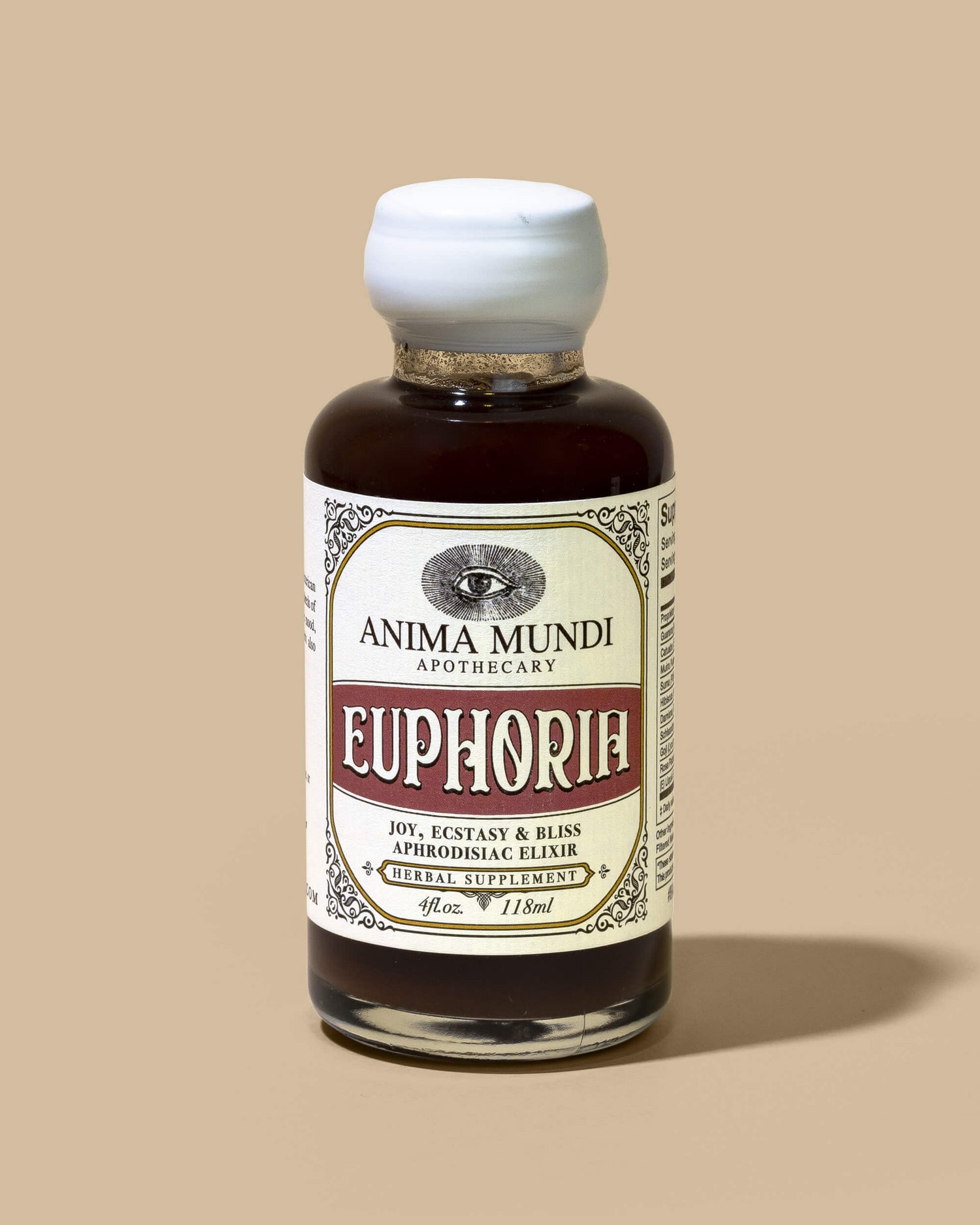In just 70 years, nearly 100,000 new chemicals have been released into the environment. Yet, more than 85 percent of these have never been tested for health effects in humans!
We also have very little scientific knowledge about what happens when these chemicals combine in our bodies. What we do know is that as early as the moment they are born, newborns have already been contaminated with somewhere around 300 environmental chemicals. Emerging research now suggests that many of these chemicals may be extremely toxic. One of the biggest areas of impact? Our hormones.


What are EDCs?
Endocrine disrupting chemicals (EDCs) are prevalent in the plastics in our food containers, the herbicides, pesticides and hormones used to grow our food, and in our water supply systems as a result of agricultural and manufacturing contaminants. They’re also found in the flame retardants in our clothes, car, and home furnishings, in cigarette smoke (including second- and third-hand smoke effects), and even in our cosmetics. Hand sanitizers, which are ubiquitous in a post-COVID world, along with toothpaste, commonly contain triclosan, an endocrine disrupting chemical. It has appeared in blood tests I’ve done looking for environmental toxins in patients struggling with hormonal imbalances, including fertility challenges.

Common hormone imbalances linked to EDCs include, but are not limited to:
- Acne
- Depression
- Endometriosis
- Fertility challenges
- Fibroids
- Insulin resistance/metabolic syndrome
- Irregular or painful periods
- History of miscarriage
- Monthly breast tenderness and lumps
- PMS
- Polycystic ovarian syndrome
- Premature puberty
- Weight issues
- Breast or uterine cancer
We hear the term “hormone” a lot, but what does it really mean?

The most basic definition?
Hormones are chemicals produced by the body, in nature, or synthetically that influence the growth and development processes of the body by sending messages between cells.
Our bodies produce numerous hormones.
You’ve no doubt heard of estrogen, which is actually a group of chemicals that gives us our curvy feminine shapes, keeps our bones strong, grows our uterine lining to give us our monthly cycles, and keeps us moist in the right places. Progesterone helps regulate our cycles and stabilizes pregnancy. And testosterone, often thought of as a male hormone, has important actions in women, too.
Other hormones include:
- Thyroid hormones - regulates energy, weight, metabolism, and healthy hair + regular cycles + sharp brain function
- Insulin - regulates how we use blood sugar, proteins, fats + carbohydrates
- Leptin - tells us when we are full
- Cortisol - determines our ability to respond to environmental stress + regulates the immune system
- Oxytocin - the “love hormone” abundant in new moms postpartum + influences love + sense of bonding in us throughout our lives
Hormone disruptors are chemical contaminants in the environment.
They mimic our own natural hormones. In doing so, they scramble the messages our cells are giving to one another. That can have a major or minor impact on any of the above hormones. More often, though, they mimic estrogen. These mixed messages can cause imbalances related to the majority of hormonal conditions women experience. They can also cause serious diseases like diabetes and cancer.
When pregnant moms are exposed, hormone disruptors can interfere in critical developmental stages, increasing babies’ risks of developing birth defects.
For baby-in-utero, they may also be at risk of being overweight and developing hormonal issues (even diabetes and cancer) in the long-term. Nobody knows the full extent of the harmful effects of these hormone disruptors, nor how much is required to cause harm. But, the latest evidence suggests it only takes miniscule amounts to do damage—and we are exposed to so many of these chemicals on a daily basis. What’s worse is that we know hormone-disrupting chemicals persist in the environment for decades or longer.

10 WAYS TO AVOID EDCs
Our daily choices have a huge impact on reducing daily toxin exposure.
Here are the top 10 things you can do to limit your exposure to hormone disruptors:

HEAL THE DAMAGE + REBALANCE HORMONES
As a functional medicine physician and herbalist, I help a lot of women with hormonal problems. In fact, it’s probably one of the things I do most often.
As you can see above, the list of health problems involving hormones is extensive. Here are the top steps I recommend to my patients to prevent and reverse hormonal imbalances that result from endocrine disruptors.
Get a move on.
Having a daily bowel movement helps your body clear out excess hormones. Not having regular “smooth moves”? Try flax, magnesium citrate, and fiber-rich greens to get flowing.
Go green.
Eat dark leafy greens - steamed, sautéed, or in salads. Greens feed the good gut flora that is necessary for hormone detoxification and daily bowel evacuation. Kale, broccoli, collards, brussel sprouts - these all contain important chemical constituents to help your body clear out excess environmental hormones, especially estrogen.
Get your probiotics.
Eat probiotic-rich foods or take a probiotic supplement. Important for a healthy microbiome, which is partially responsible for hormone detoxification and elimination, probiotics can help to avoid excess estrogen and estrogen-mimicking EDCs.
Love your liver.
The bulk of the endocrine disruptors get detoxified in the liver, so avoiding excess alcohol consumption and pharmaceuticals like Tylenol. Both are taxing on the liver. Herbs that specifically support the liver include: turmeric, artichoke leaf, milk thistle, and dandelion root, all of which can be taken daily. Consider a supplement that supports detoxification. My favorites are: curcumin from turmeric, DIM, I3C, quercetin, milk thistle, calcium-d-glucarate, resveratrol, green tea extract, and NAC.
Important note: Detoxing should not be done while pregnant or nursing. While most of these supplements are OK for nursing mothers, most are not recommended if you are currently pregnant.

CHANGING YOUR HEALTH CHANGES THE WORLD
I’m a firm believer that the steps we take to change our own health truly do have an impact on changing the world.
As more of us use our buying power to demand cleaner, safer foods, household products, cosmetics, etc., the market responds with companies stepping up to offer them. As such, the market shifts and so does the world around us. While it can feel overwhelming to make small changes when the environmental problems we face are massive, it is tremendously empowering to realize your choices positively impact health for yourself, for those you love, and for all. Together, we can do this simply by making one healthy choice at a time!
This article was written by
Midwife and herbalist Aviva Romm says she sees medicine differently than many doctors. The product of a New York City housing project, she was able to land a college scholarship for a pre-medicine program in western Massachusetts at age 15. Today, Aviva is an ecologist, a mother, a writer, and a Yale-trained MD who credits a mix of reggae music, camping in the wilderness, and Ina May Gaskin’s Spiritual Midwifery as among her catalysts for becoming who she is.















